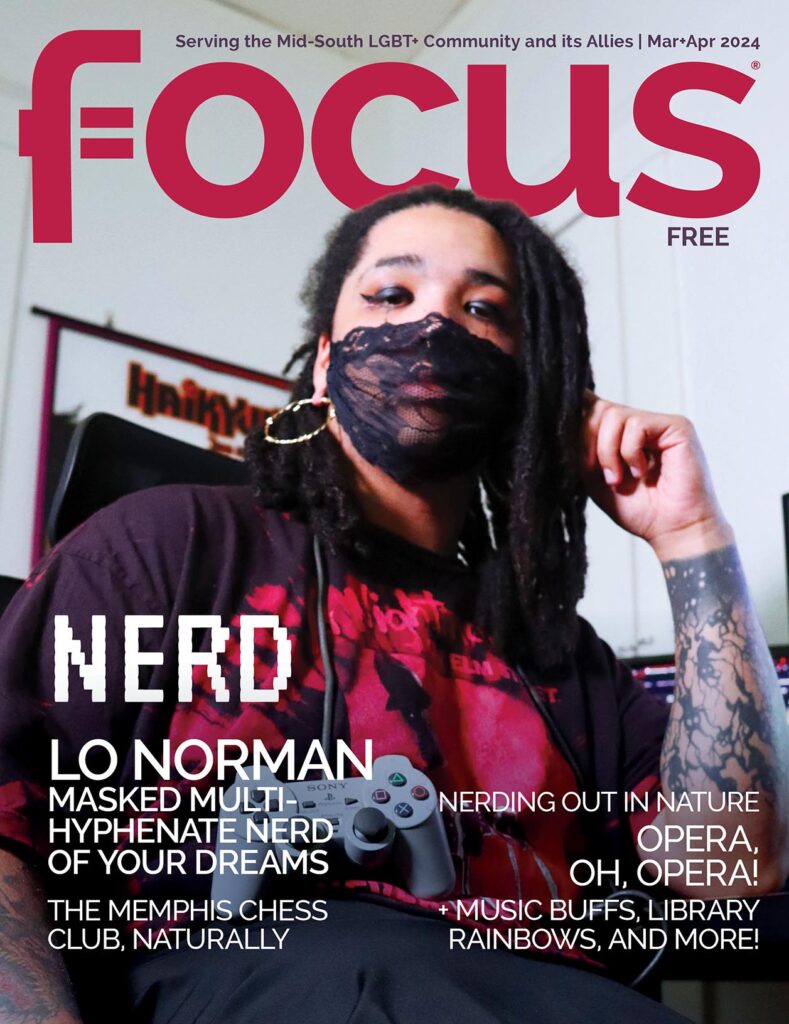by Danielle McBride
As pride month has come to an end and Memphis is preparing to celebrate its own pride in September, we are reminded of how far rights for the LGBTQ+ community have come. Many people know about Stonewall and the impact it had on LGBT history, but it’s easy to forget that not even 5 years ago things were very different for LGBT persons.
From the first documented gay rights organization, the first gay pride parade, to the legalization of gay marriage across the US, there have been numerous milestones marking LGBT history. The list dates back as far as 1924 according to the LGBT Rights Milestones Fast Facts by CNN. With the help of organizations like the Committee on Lesbian, Gay, Bisexual, Transgender History, the Invisible History Project and many more, LGBTQ history is becoming more readily available. Although organizations like these do exist, if someone is not looking to learn about LGBTQ history, it is not commonly talked about. Memphis’ pride month is the perfect time to spread awareness of this amazing yet hidden history.
The earliest documented event is the founding of the first gay rights organization in 1924. The Society of Human Rights was founded by Henry Gerber in Chicago. He used this organization to publish the first documented gay civil-rights publication titled “Friendship and Freedom.” Even in ‘24 people fought to give the community a voice.


The 1930s were known as the “Pansy Craze,” named for the popularity of gay nightlife and drag parties. These parties attracted people of “all colors and classes” and were most popular in New York’s Greenwich Village, Time Square and Harlem. The ‘50s brought in two known gay rights groups: Mattachine Society, and Daughters of Bilitis (DOB). The Mattachine Society was one of the first continual gay rights groups in the US. The society was started by activist and communist Harry Hay in Los Angeles and later branched out to other cities in the early ‘60s. Daughters of Bilitis was the first lesbian civil political rights organization which started in San Francisco as an alternative to gay bars and the frequent police raids those encountered. DOB formed ‘The Ladder’ as the first lesbian publication in 1956.
Jump forward a few years to the 1960s and 70s where gay rights, organizations and events really began to grow. The late 60’s brought us the Stonewall riots, a pivotal point in LGBT history. Stonewall, like most gay bars at the time was no stranger to raids. Often, the bar was forewarned of the upcoming raids but the raid on June 28, 1969 was kept secret. Because of this many people were still dancing with the same sex and dressed in drag – both of which were illegal at the time. This gave police a reason to arrest people, but instead of going quietly many people in the bar fought back. This became a political movement that inspired pride month for the years to come. During these decades the first US- televised documentary on homosexually (titled ‘The Rejected’ and can be found at
https://diva. sfsu.edu/collections/sfbatv/bundles/225539) was aired at a local tv station in California, Lambda Legal was established as the first legal organization “dedicated to achieving full equality for lesbian and gay people” and the first rainbow pride flag was designed and made by artist and gay rights activist Gilbert Baker.


Baker was inspired to design the flag by Harvey Milk, the first openly gay man to be in a political office. Not even a year after being elected in office Milk and mayor George Moscone were murdered by Dan White after being denied his old position on the board. His death not only inspired the creation of the pride flag, but the film ‘Milk’ directed by Gus Van Sant in 2008.
In 1983, Lambda Legal won the nation’s first HIV/ AIDS discrimination case (People v. West 12 Tenants Corp) where the neighbors of Dr. Joseph Sonnabend, an Afrikaans physician, scientist and HIV/AIDS researcher were attempting to have him evicted for treating HIV patients. This helped establish a disability law making it illegal to discriminate against people with HIV/AIDS.

During this time Wisconsin became the first state to outlaw discrimination against one’s sexual orientation with ‘The Gay Rights Bill,’ advocated by David Clarenbach. Wisconsin has a history against discrimination by being one of the first states to also ban racial discrimination in 1945.
Ellen DeGeneres officially came out as a lesbian with her Time Magazine cover titled “Yep, I’m Gay,” in the late 90s. This was during the time her self-titled sitcom “Ellen” was airing. The main character, Ellen Morgan came out to her friend and, without knowing, the entire airport. This episode marks her as the first leading character to come out on primetime TV. The following year Matthew Shepard, a young gay man, was beaten and tied to a fence in Laramie, Wyoming. He later died due to the injuries from the beating. This heartbreaking story is a sad but an important time in LGBT history. It reminds us that even in a time when celebrities felt safe coming out publicly, people were still suffering for being gay.

At the end of the 90s’ Russell Henderson and Aaron McKinney were tried for their murder of Shepard and eventually sentenced for life. Because of Shepard’s death, and that of James Byrd, Jr. an African American man who was murdered by three white supremacists, the Hates Crimes Bill was enacted. After justice for Shepard was found, the early 2000s started off great — Vermont became the first state to legalize civil- unions for same-sex couples. In 2003, Lambda Legal’s work on the Lawrence v. Texas case rid Texas law books of the “homosexual conduct” laws that criminalized sexual conduct between same-sex consenting adults. The following year, Massachusetts had the first legal same-sex marriage in the United States.
In the last nine years, same- sex marriage was legalized across the US; Obama announced the Stonewall Inn as a national monument; and the ban on gay men and women serving openly in the military was lifted. This ban was known as the “Don’t Ask, Don’t Tell” policy, enforced by President Bill Clinton, stating that openly gay/lesbians American’s couldn’t serve in the military but also forbid harassment on ‘closeted’ homosexuals. The growth for LGBT rights has been substantial over the last few decades, however there is still more work to be done. The most recent yet negative event was in January of 2019 where the Supreme Court allows Trump’s ban on transgender in the military to take effect.


Although pride month events are meant to be fun, it is still important to remember why pride month exists in the first place. For years people have fought to give the LGBTQ+ community a voice and equal rights, and now in 2019 people across the US are able to openly and freely celebrate those rights. Knowing the history helps people to truly appreciate how far we have come. With the help of organizations like Lambda Legal, the Invisible History Project, and so many more we can make and continue to maintain LGBT history.
These organizations can help people celebrate pride by knowing and sharing the powerful history of the LGBTQ community, and events that made being ‘loud and proud’ possible.
For a longer and more detailed list of LGBT history check out CNN’s article online cnn.com/2015/06/19/us/lgbt- rights-milestones-fast-facts/ index.html.



